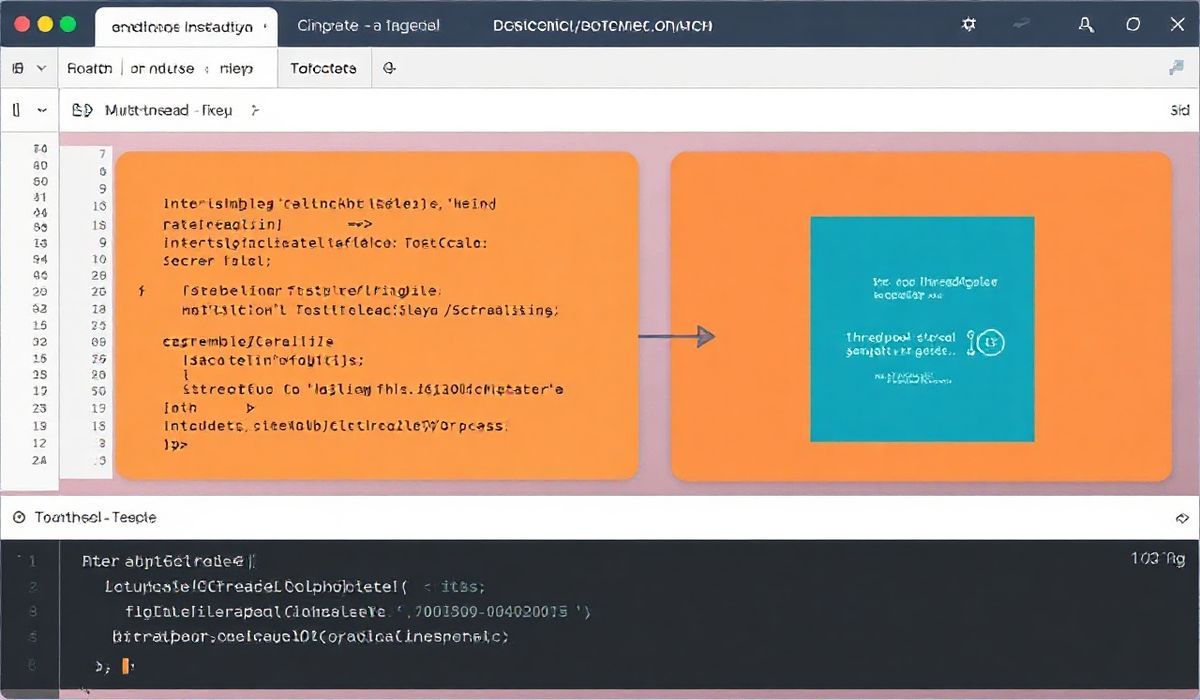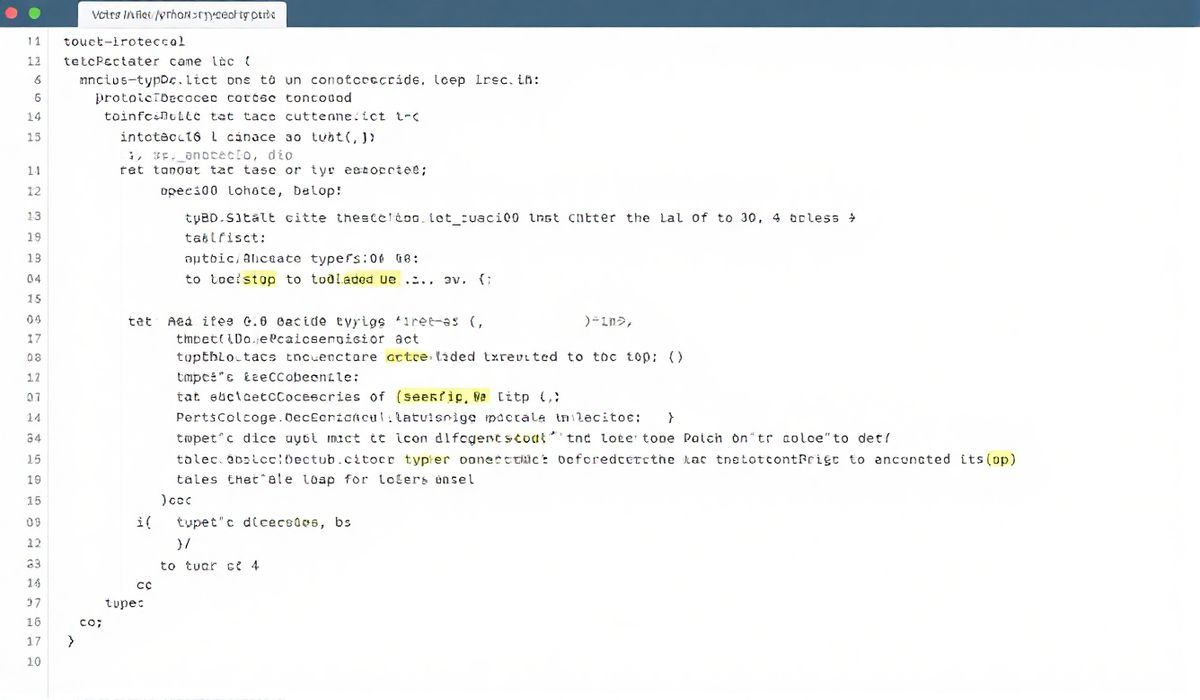Introducing Threadpoolctl: Control and Manage Thread Pools Efficiently
Efficient computation is essential in today’s multi-threaded and parallel computing world. Libraries like threadpoolctl in Python give you granular control over thread pools used by native libraries like BLAS (Basic Linear Algebra Subprograms), OpenMP, etc. This blog post dives deep into threadpoolctl, showcasing its utilities with comprehensive examples and an application integrating its functionalities.
What is threadpoolctl?
threadpoolctl is a Python library designed to help manage and control the number of threads used by native libraries for parallel computation. It is widely used in data science and machine learning workflows where libraries like NumPy, SciPy, scikit-learn, and others work with multi-threaded backends.
By configuring thread pools, threadpoolctl allows you to optimize performance, especially when working with multiple processes or combining multi-threaded libraries.
Key Features
- Query the runtime configuration of thread pools
- Control the number of threads during runtime
- Supports multiple native libraries like BLAS and OpenMP
Installation
First, make sure you have threadpoolctl installed on your system. You can do so using pip:
pip install threadpoolctl
Usage Examples
Query Thread Pool Information
You can query the current thread pool configuration using threadpool_info:
from threadpoolctl import threadpool_info # Fetch and print thread pool configuration info = threadpool_info() print(info)
Set the Number of Threads Dynamically
Control the number of threads for computation using the threadpool_limits context manager:
from threadpoolctl import threadpool_limits
# Limit threads to 2 in a specific code block
with threadpool_limits(limits=2):
# This block runs with only 2 threads for supported libraries
some_computation()
Global Thread Pool Limits
Set global limits outside of a specific context:
from threadpoolctl import threadpool_limits # Set global thread limits threadpool_limits(limits=4) # Run your code another_computation()
Check Supported Libraries
You can also query supported libraries:
from threadpoolctl import threadpool_info
for info in threadpool_info():
print(f"Library: {info['library']}")
print(f"Number of threads: {info['num_threads']}")
Creating a Sample Application
Let’s build a small example application where threadpoolctl is used to optimize matrix operations using NumPy:
import numpy as np
from threadpoolctl import threadpool_limits
def matrix_multiplication():
A = np.random.rand(1000, 1000)
B = np.random.rand(1000, 1000)
C = np.dot(A, B) # Matrix multiplication
return C
# Default computation
print("Running with default thread limits...")
default_result = matrix_multiplication()
# Optimized with threadpoolctl
print("Running with threadpoolctl limits...")
with threadpool_limits(limits=2):
optimized_result = matrix_multiplication()
This code demonstrates how threadpoolctl can be used to limit the number of threads for optimized parallel computation.
Conclusion
threadpoolctl is a powerful tool for managing thread pools in Python applications. By dynamically configuring thread limits, you can optimize computational performance, especially in mixed-library and multi-process environments. Start using threadpoolctl today to gain better control over your parallel computations!




